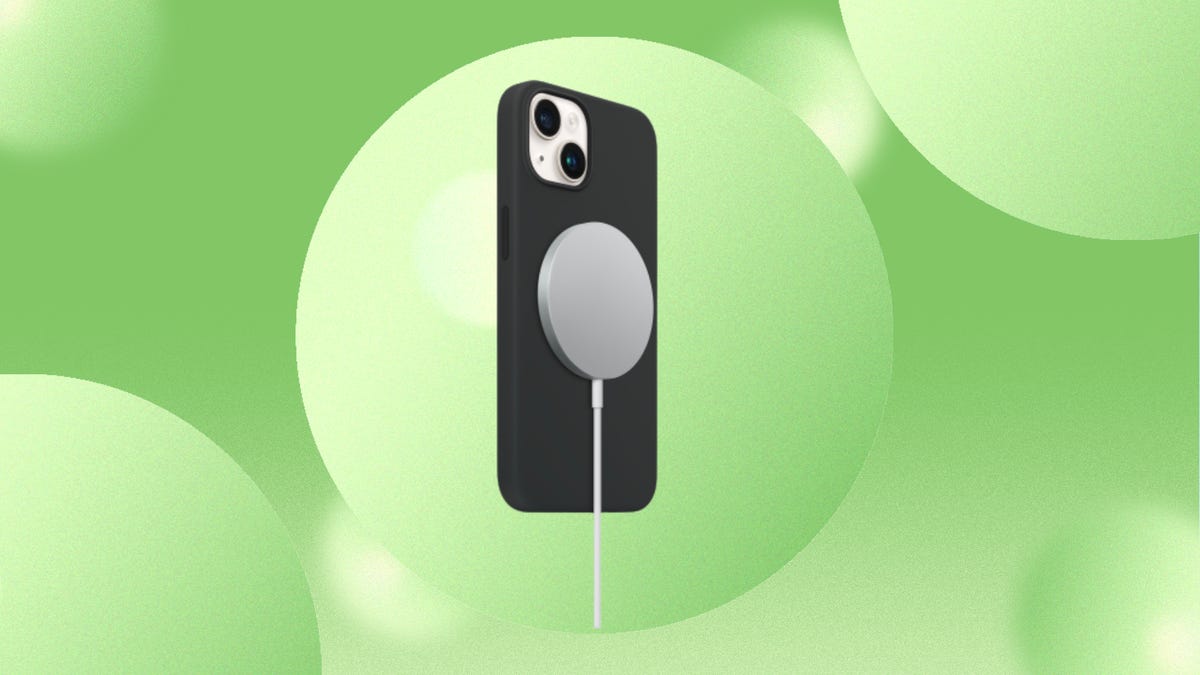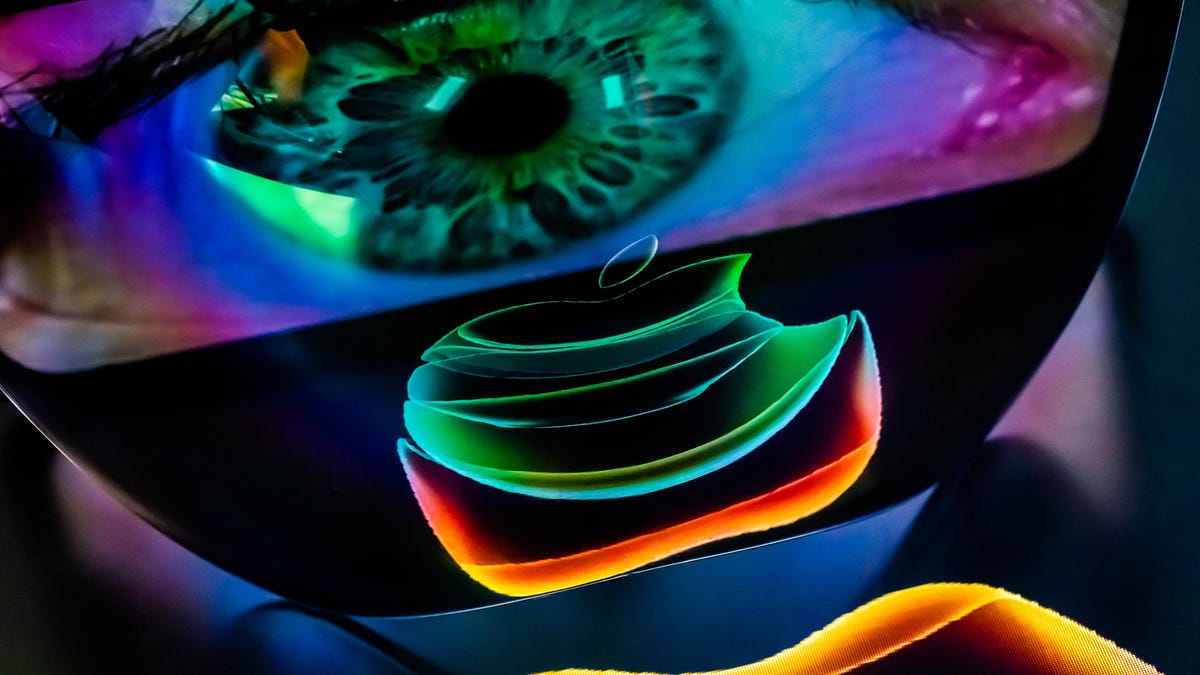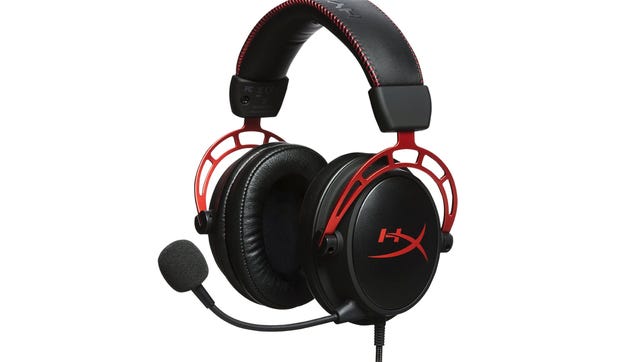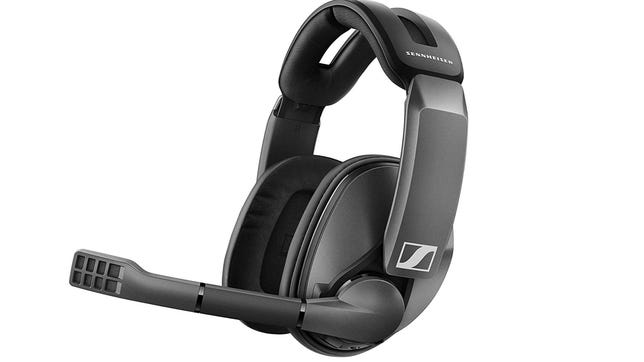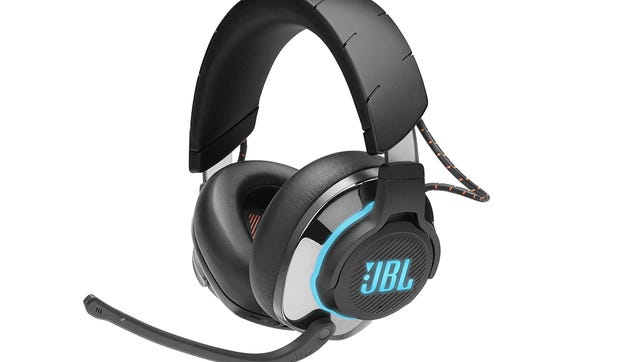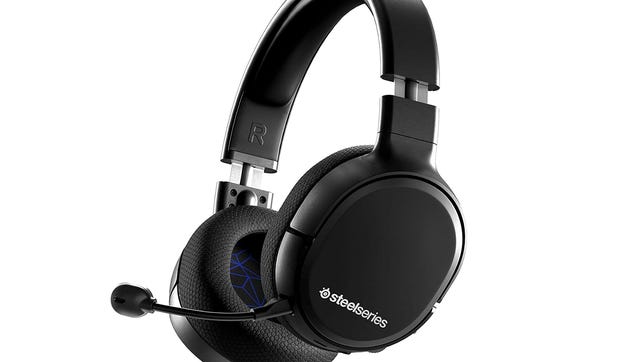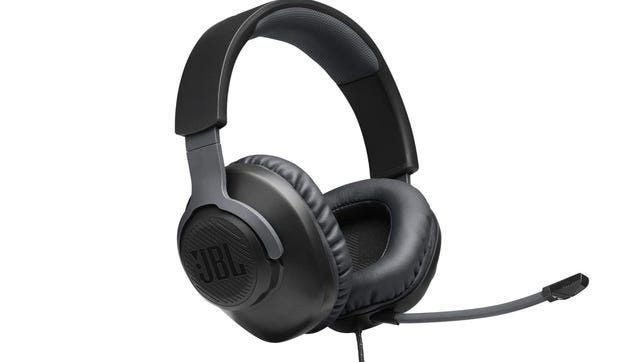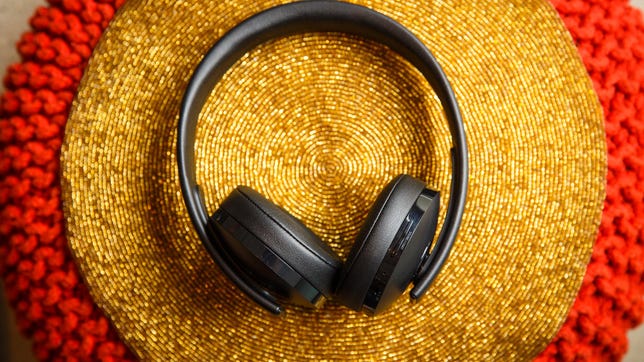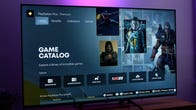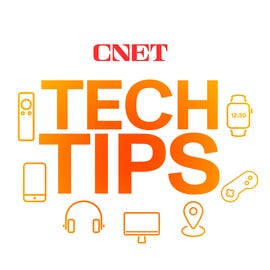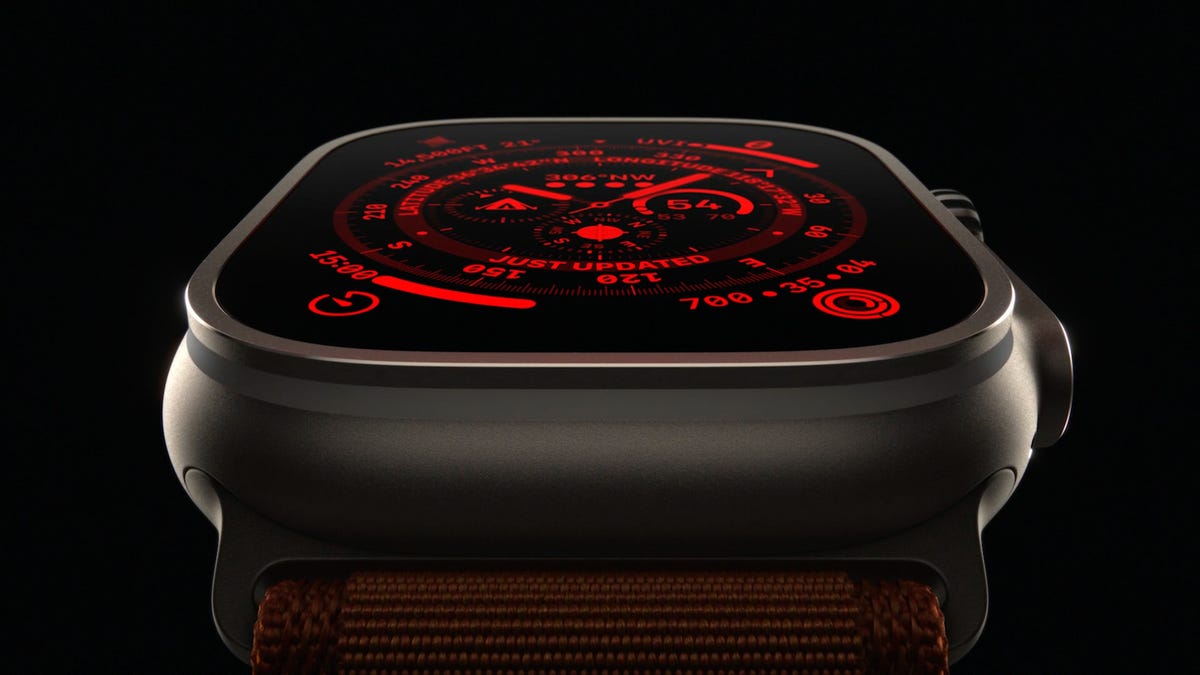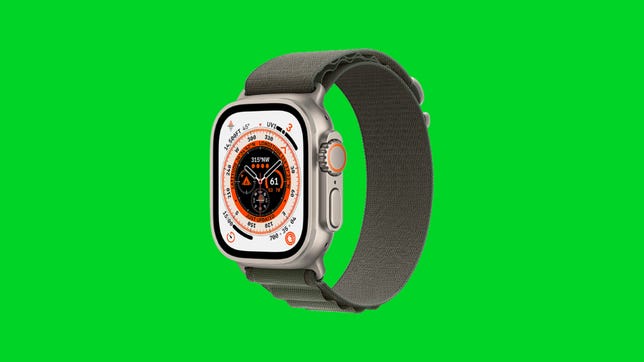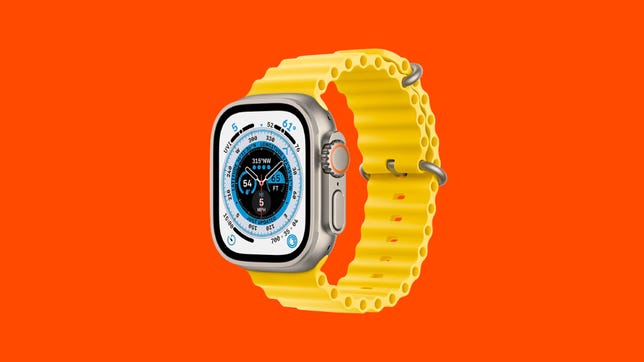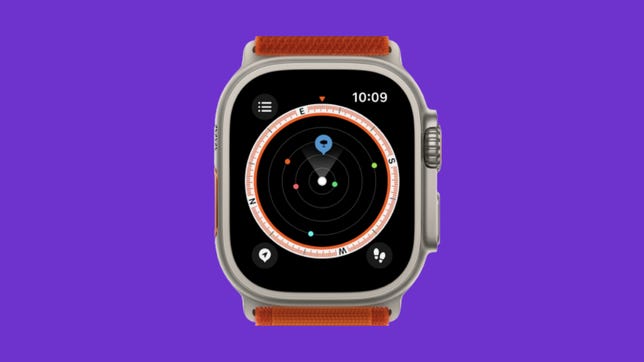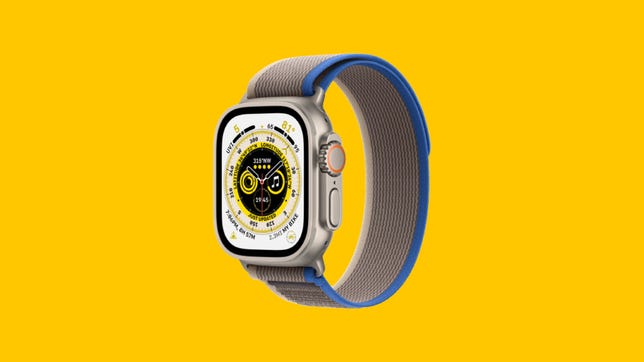PlayStation 4 and PlayStation 5 are popular consoles that are widely used by gamers internationally. In order to enhance the gaming experience, Sony developed a range of headphones that are specifically designed to work with these consoles. The PlayStation 4 headphones are known for their high-quality sound, noise-cancellation technology, and comfortable design. They offer a great balance of sound and chat audio, making them perfect for online gaming.
Gaming is a great way to take a break from the grind of daily life and escape to expansive, fantastic worlds, as well as a way to stay in touch with friends from around the globe. If gaming time is the way you and your friends keep in touch, then you’ll probably want to invest in a proper gaming headset with top-notch audio quality. A great headset offers high-caliber sound for an even more immersive gaming experience, and can be crucial when it comes to coordinating a raid, co-adventuring in a fantasy world or deciding which pal among you is more of an im-pal-ster. And no matter your needs or your budget, there’s a perfect headset out there for you.
You don’t have to buy Sony headphones either. Most standard wired headphones with microphones technically work as headsets for the PS4 (you simply plug the headphone into the 3.5mm jack on your controller), but having a dedicated “gaming” headset, like the PS4 compatible headsets below, ensures an optimized sound experience. One of the best PS4 headset features is the noise isolation, which can block out background noise for a more immersive experience, and another great gaming headset feature is a good mic that ensures others can hear you clearly when you’re in the middle of a long gaming session. Seriously, when you’re going head-to-head with another squad, mic quality matters.
Many people with a PlayStation 4 choose to go with a wired headset simply because it can be plugged into the already wireless controller. It’s also worth noting that many, if not most, wired PS4 headphones also work just fine with the PS5, Xbox Series X and S, Xbox One, Windows PCs, Macs and the Nintendo Switch.
But what if you don’t want your headphones to be tied down by wires? If you want to eliminate the cord that goes from the controller to your headphones, some of the best PS4 headset options let you go completely wireless. Just be aware that these PS4 headsets all include — and require — a low-latency wireless dongle that plugs into the USB port on your PS4 (there should be no audio delay).
Note: Almost no PS4 wireless gaming headsets will also work with the Xbox One. The Switch, meanwhile, requires a USB-C wireless dongle for wireless headset connectivity (though some of the USB dongles do work via the Switch’s dock).
Some midrange and high-end PS4 gaming headset models feature 7.1 virtual surround sound. To be clear, this isn’t real surround sound but it can help with the sound quality to create a richer, more immersive audio experience. It also gives you a better sense of spatial awareness with certain games where that can be an advantage. When looking for the best PS4 headsets, we also took mic quality into consideration if you’re playing online, because that’s especially important if your gaming session requires group coordination. If you can’t be heard, you can’t strategize!
With those basics established, let’s talk about the best PS4 headset. These are the results of our own home-based testing — we thought about everything from noise cancellation to the comfiness of the ear cushions. This list is updated periodically and includes some options suggested in GameSpot’s list of best gaming headsets.
HyperX
After I try a headset, I often hand it over to my 14-year-old son, who plays pretty much exclusively on PS4. I have several gaming headsets lying around and he always returns to the HyperX Cloud Alpha. It’s just very solidly built, has good sound with strong microphone performance and most importantly, it’s comfortable to wear for long gaming sessions.
For about $30 more you can get the HyperX Cloud Alpha S 7.1, which has a nearly identical design but supports virtual surround sound audio — only for PCs, though. This PS4 headset is stereo-only for PS4.
Read our HyperX Cloud Alpha preview.
You’re receiving price alerts for HyperX Cloud Alpha
Sennheiser
Sennheiser’s GSP 370 is not only really well built, but it features excellent sound, comfort, microphone performance (there’s superb noise reduction) and monster battery life — up to 100 hours but expect to get a little less than that. An included USB dongle allows you to connect wirelessly to your PS4 and the microphone can be muted by flipping the boom up. The GSP 370 is also compatible with PCs.
This wireless gaming headset is a relatively low-frills model for its midrange price, with few physical buttons (no chat volume control, no sound mode toggles) except for a power switch and a large volume wheel that operates very smoothly. I found it to be one of the most comfortable headsets and it also works well for listening to music.
You’re receiving price alerts for Sennheiser GSP 370
JBL
The $200 Quantum 800 isn’t the top-of-the-line gaming headset from JBL, which is a newcomer to the gaming headset market, but has long been in the audio game.That would be the $300 Quantum One, but that’s a wired headset and also overkill for the PS4. The Quantum 800 is wireless and includes a dongle that works with your PS4 and Windows PC. It also features noise canceling and sounds excellent not just for games, but music and movies too. It’s slightly heavy, but is comfortable to wear.
Its microphone performance is middle of the pack and probably not quite as good as it should be at this price. It’s also worth noting that the microphone isn’t detachable (it is on the Quantum One) but does flip up to mute. It’d be nice if it was detachable because its Bluetooth connectivity could be used on the go with your smartphone. Battery life is rated at up to 14 hours with the lights turned off, but expect to get a little less than that if you keep the volume fairly high.
On the PC side, JBL needs to work out some kinks with the software but everything is more straightforward with the PS4. This is the headset to consider if you want a model that’s versatile, has good sound quality and works with multiple devices, including as a PS4 headset.
You’re receiving price alerts for JBL Quantum 800
SteelSeries
Some say the Arctis Pro Wireless is the headset that provides the best all-around gaming experience for PS4 and PCs. It was designed for those two platforms and features high-end audio, a comfortable fit and loads of features, including a swappable battery. Two batteries are included and each provides enough juice to power the headset for 10 hours, according to SteelCase.
With a wireless transmitter about the size of an Apple TV that connects to your PS4 (or your PC), it’s a little cumbersome to set up and operate (you access the settings on the transmitter). It’s one of the few wireless headphones beyond Sony models, however, that offers virtual surround. It also has Bluetooth wireless connectivity so you can connect it to smartphones.
The Arctis Pro came out in early 2018, so it’s probably due for a refresh, but it remains a top PS4 (and PC) headset if you can afford it. See below for its sibling, the Arctis 1, which you can snag for a fraction of the price.
SteelSeries
As we mentioned above, the Arctis Pro Wireless is a monster — but it usually costs more than $400. If you want a much more affordable alternative, check out the Arctis 1, a well-designed (but less swanky) wireless model that sells for about $75. It’s a great value and is compatible (in wireless mode) with PS4 and PC, as well as the Nintendo Switch, thanks to an included USB-C dongle. The Discord-certified microphone is detachable and battery life is rated at up to 20 hours, which is pretty decent.
David Carnoy/CNET
The Quantum 100 is the entry-level model in JBL’s new line of Quantum gaming headsets, which run from $40 to $300. There’s nothing fancy about this model, but it’s pretty lightweight and comfortable with nicely padded ear cups, plus it has a detachable boom microphone. On the left ear cup there’s a volume control dial along with a microphone mute button. It also works with other game consoles and is pretty decent for music, though it’s a touch bright.
While some of JBL’s higher-end models feature wireless connectivity and even noise canceling, the Quantum 100 is just a basic gaming headphone that will appeal to more casual gamers on a tight budget.
You’re receiving price alerts for JBL Quantum 100 (Black)
Josh Miller/CNET
Sony’s PlayStation Gold Wireless Headset has been around for awhile and was last updated in 2018. It remains arguably the best budget gaming headset for PS4 gamers, particularly those looking for a cord-free PS4 headset model for VR games. You’ll have to use the included USB dongle to connect wirelessly. This wireless headset features 7.1 virtual surround sound for games that support that sound quality feature.
You’re receiving price alerts for Sony Playstation Gold Wireless Headset (2018)
More gaming recommendations
